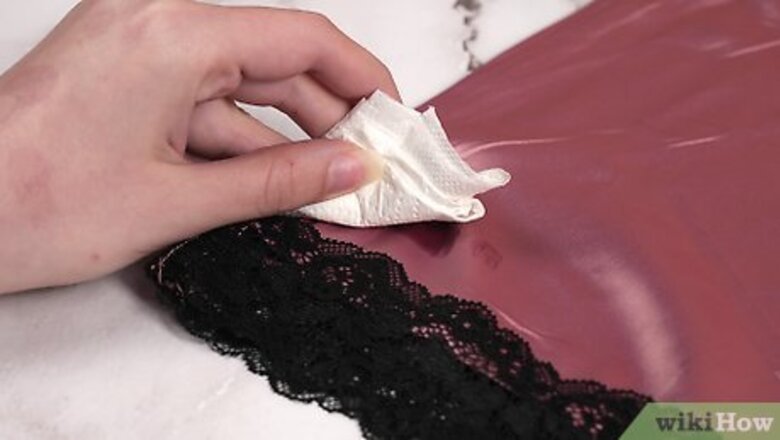
views
Removing Oil Stains From Satin
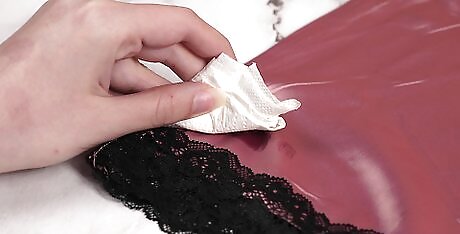
Lift the oil from the item. Use a clean paper towel and press the stain to lift it away. Alternatively, you can blot the stain with a clean rag, then pour flour or polenta over the stain and allow the flour to absorb the stain for 1 hour. Be sure to brush away any excess flour prior to moving on to the next step.
Pre-treat the stain. Spray a pre-treater on the stain, and let sit for 3-4 minutes. If you do not have a pre-treater, you can coat the stain with a heavy-duty detergent. Combining powder detergent and water to create a paste is a quick and easy way to create a pre-treater if you don’t have one on hand. EXPERT TIP If you're cleaning a satin shoe that's been stained, carefully wash the area with hydrogen peroxide or baking soda. James Sears James Sears House Cleaning Professional James Sears leads the customer happiness team at Neatly, a group of cleaning gurus based in Los Angeles and Orange County, California. James and the team have nine years of experience and offer green cleaning, interior and exterior window washing, and general apartment cleaning services. He provides transformative cleaning experiences by reducing clutter and renewing your home environment. James is a Trustee Scholar at the University of Southern California. James Sears James SearsHouse Cleaning Professional
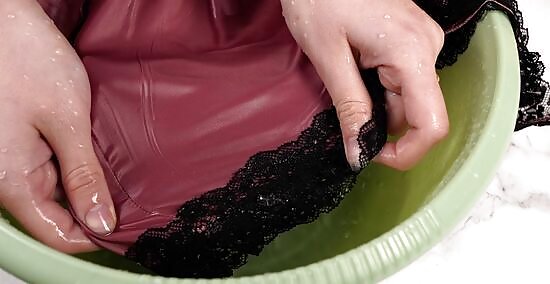
Wash the item in warm water. Warm water is more effective in lifting grease from the fabric, so can be used in this instance. Otherwise, stick to cold water when washing your satin items.
Removing Blood Stains From Satin
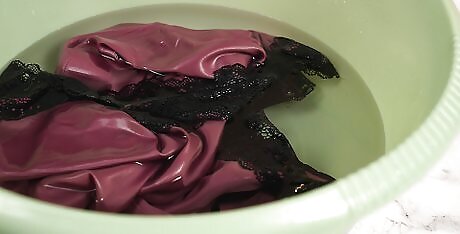
Soak the stain in cold water for 1 hour. Cold water can help break up the stain, thus making it easier to remove.

Turn the item inside out. Place the stain face-down, and apply a mild detergent from the inside. This will allow the stain to loosen and push off the fabric, rather than being rubbed deeper into the fabric.
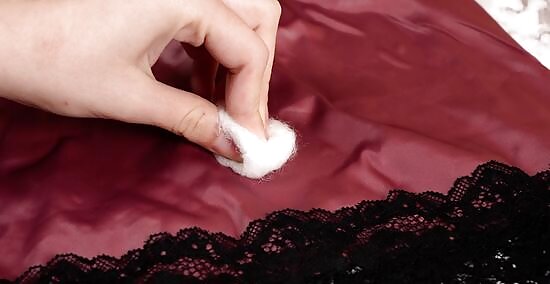
Blot the stain prior to washing. You can be a little more aggressive with more durable fibers like cotton and nylon, but take extra care when blotting satin made up of fibers like silk.
Removing Dirt Stains From Satin
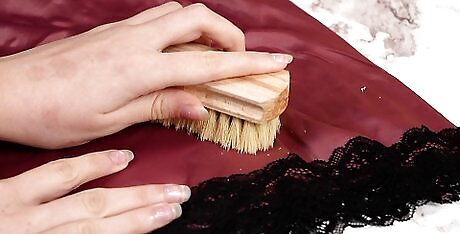
Brush away excess dirt. Use a cloth or a soft bristle brush to gently remove excess debris from the item. This reduces the chance of rubbing more dirt into the fabric during the cleaning process.
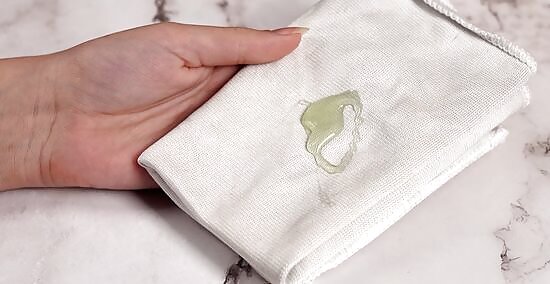
Apply soap to a damp cloth. Use cold water and a dot of hand soap, then rub the cloth together until a lather forms.

Blot the stain. Rubbing stains can cause the fibers to break down more quickly, and will set the stain deeper into the fabric. Blotting gently lifts the stain away without damaging the fabric. Follow the grain of the fabric and repeat the process with a clean section of cloth until the stain is gone. Then, proceed to washing.
Washing the Item
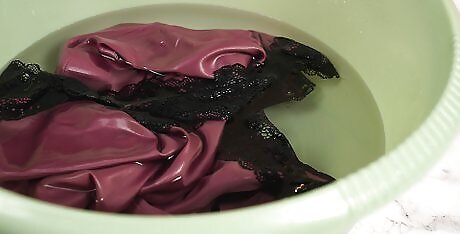
Soak the item in cold water. If washing by hand, soak the item in a mixture of cold water and mild detergent for 3-5 minutes. Work the item through your hands gently, allowing the soap to penetrate the fibers.
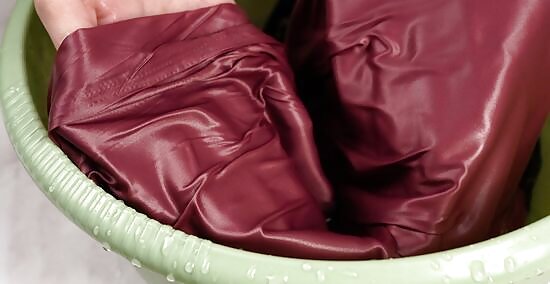
Rinse thoroughly under cool water. Let the water run through the fabric, until the water runs clear; free of suds. Avoid wringing or twisting the material as you rinse it, as this will cause wear and tear on the fabric.

Use the gentle cycle for machine washing. If your satin consists of more durable fibers such as cotton, polyester, or nylon, you can wash the item in a washing machine. Choose the delicate cycle, add a small amount of mild detergent, and use cold water. Don’t use bleach on satin items.
Drying Your Satin Item

Air dry satin items. You should never place delicate satin items in a dryer. The dryer could shrink your item, cause piling, and shorten its lifetime.

Roll the item in a clean, dry towel. As you roll, apply light pressure. This will remove excess water while preventing damage caused by wringing or twisting.
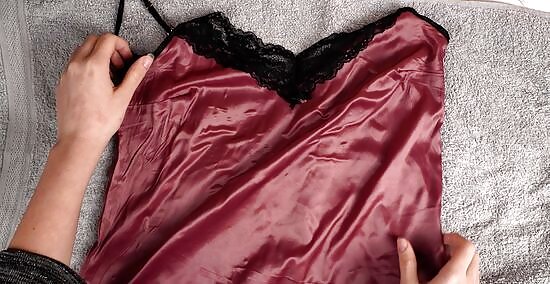
Lay the item flat on another dry towel. Be patient and allow the item to dry naturally. Placing the item outside is fine, but avoid direct sunlight.

Keep the item out of direct sunlight and heat. As the dress dries, and while storing the dress, protect it from direct sunlight and heat. Sun exposure can cause the item to fade, and heat exposure damages the integrity of the dress by breaking down the fibers.
Ironing Satin Items

Turn the item inside-out. Satin consists of a smooth, glossy side and a dull side. Iron the ‘dull side’ in order to protect the more delicate smooth surface, and prevent creases from forming on the seems.
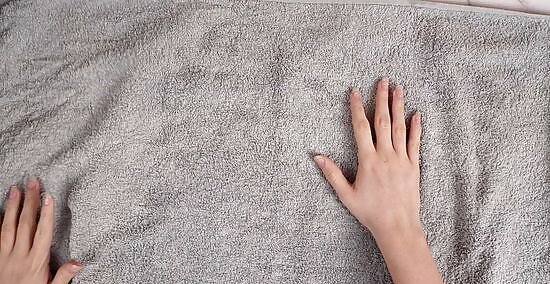
Place a towel over the item. Because satin is more sensitive to heat and susceptible to damage, taking extra precautions like placing a barrier between the iron and the satin will protect the item. This also prevents drops of water from hitting the fabric, which will cause stains.
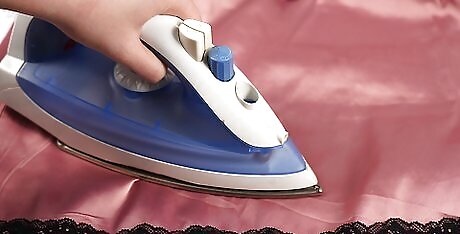
Iron on the lowest heat setting. Move the iron evenly and quickly across the towel. Do not allow yourself to remain on any section too long, as this will damage the material.
















Comments
0 comment